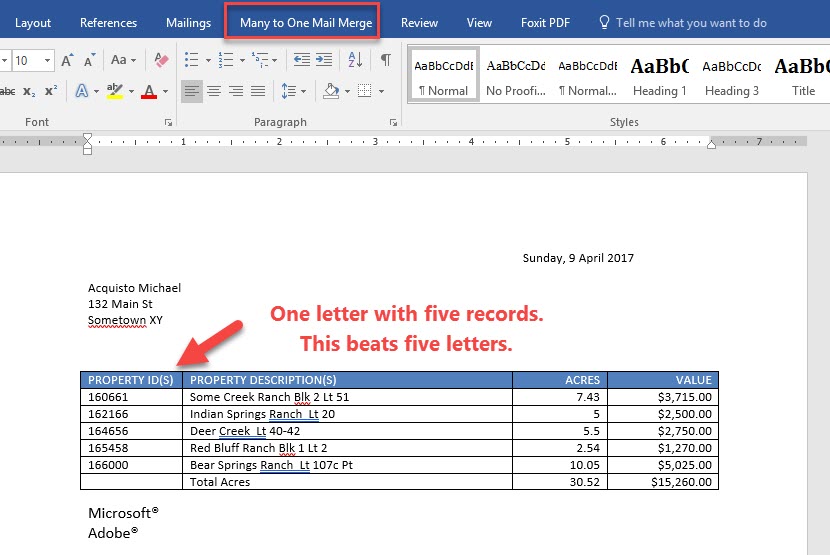


If you display the field codes (instead of their results), the field usually looks similar to this: You can add a formatting switch to the merge field used in your document. You are in luck there is another way you can get the date format you want without worrying about any method of data transfer. If all this talk about conversion methods, OLE, DDE, and the rest has your head spinning, take a moment and breathe deeply. Make sure the Confirm File Format Conversion On Open check box is selected.The General section of the Advanced options of the Word Options dialog box. Scroll through the available options until you come to the General section.Click Advanced at the left side of the dialog box.In Word 2010 or a later version display the File tab of the ribbon and then click Options.) (In Word 2007 click the Office button and then click Word Options. Just exit from the merge and follow these steps: If you don't see the dialog box, then it means you need to configure Word so that it will present the dialog box. Word should display a dialog box that asks how you want to have the data transferred you should select either a DDE transfer or the Excel by Conversion option. You can change the data transfer method when you select the Excel workbook in the merge process. The default data transfer method is OLE (object linking and embedding), which means that the data is transferred as raw data and Word does it's best to format what it fetches. First, you could check to see what method Word is using to grab the information from the Excel workbook.
#Word mail merge troubleshooting how to
Specifically, it appears as "09-23-2018" but should look like "Sunday, 23 September 2018." David is wondering how to get the formatting on the date that he needs. The date is formatted correctly in Excel, but when it is merged into the Word document it loses the formatting. Part of the information being merged is a date.

David is performing a mail merge using data stored in an Excel workbook.


 0 kommentar(er)
0 kommentar(er)
